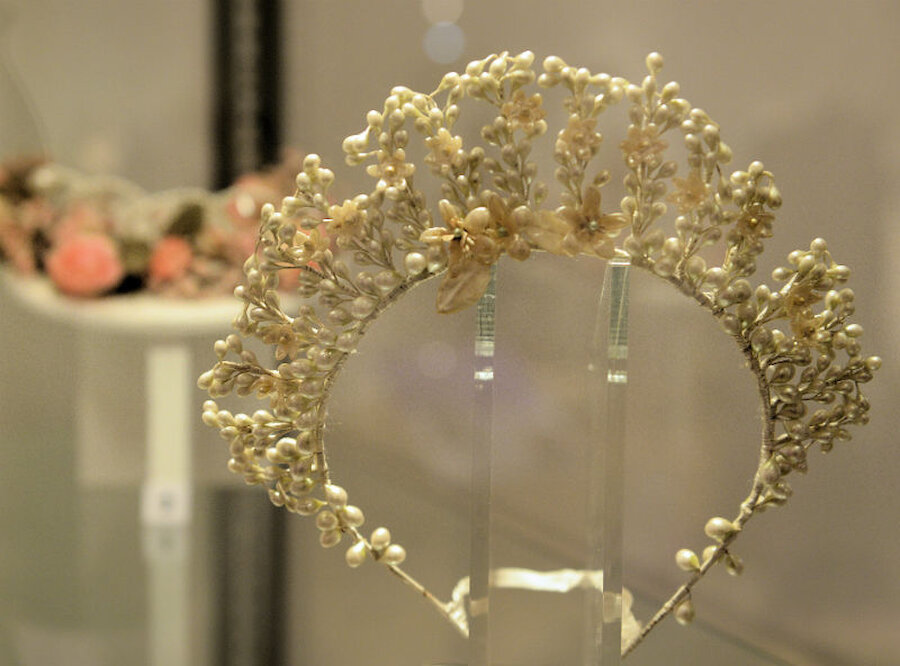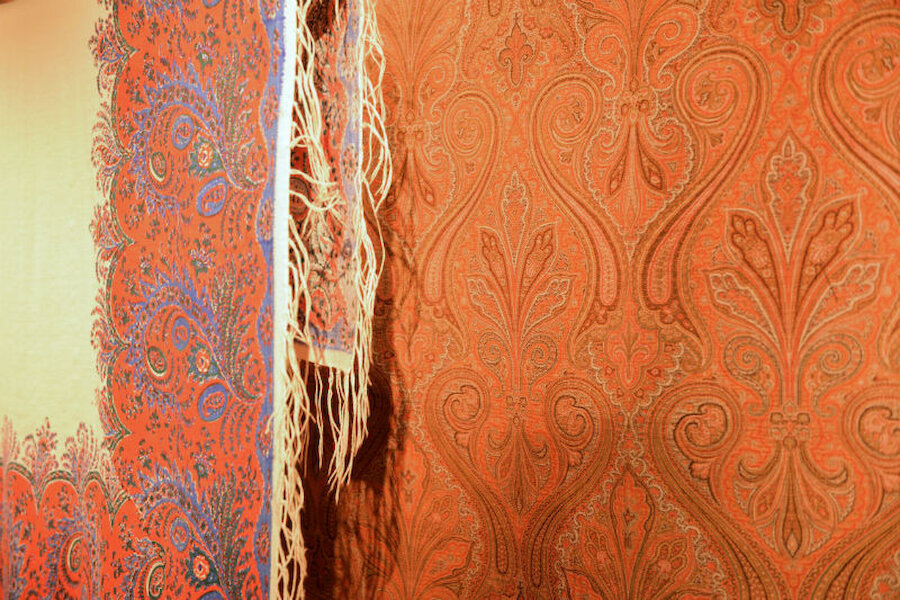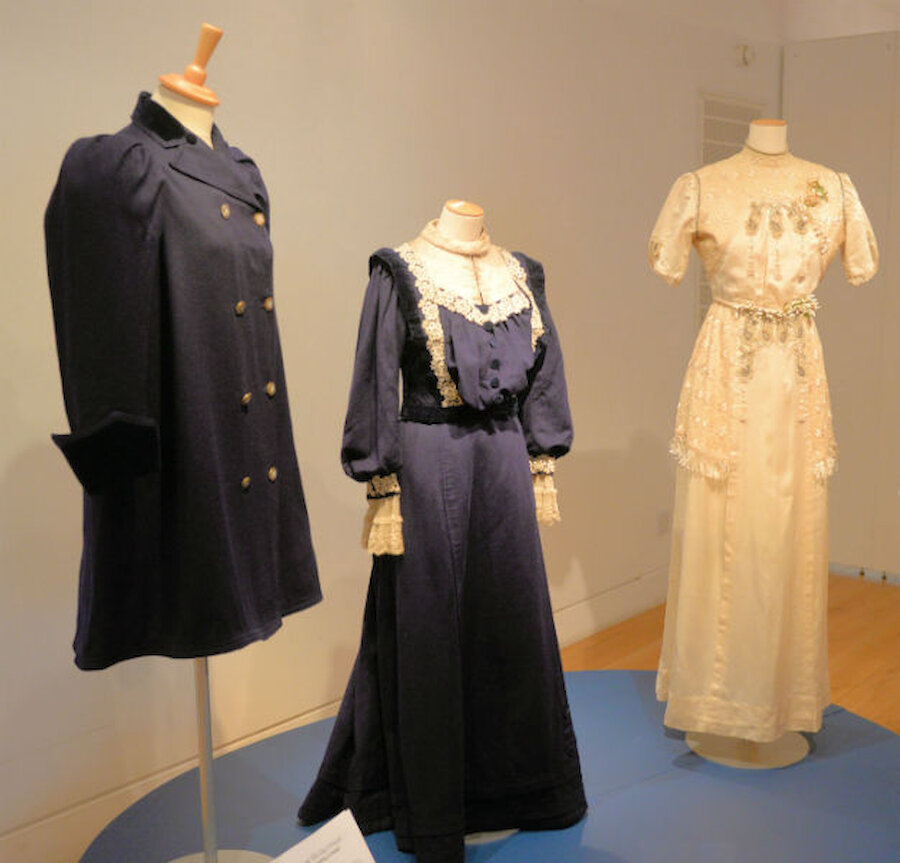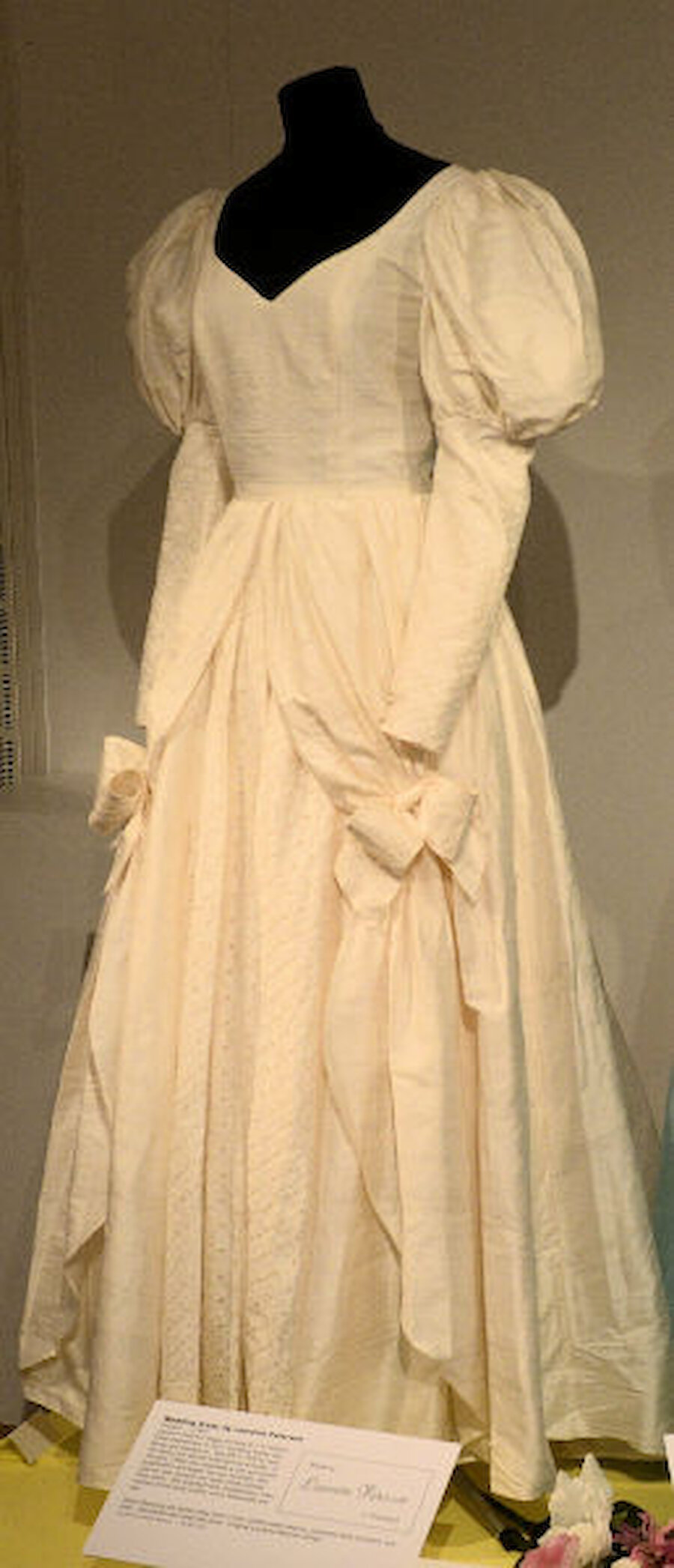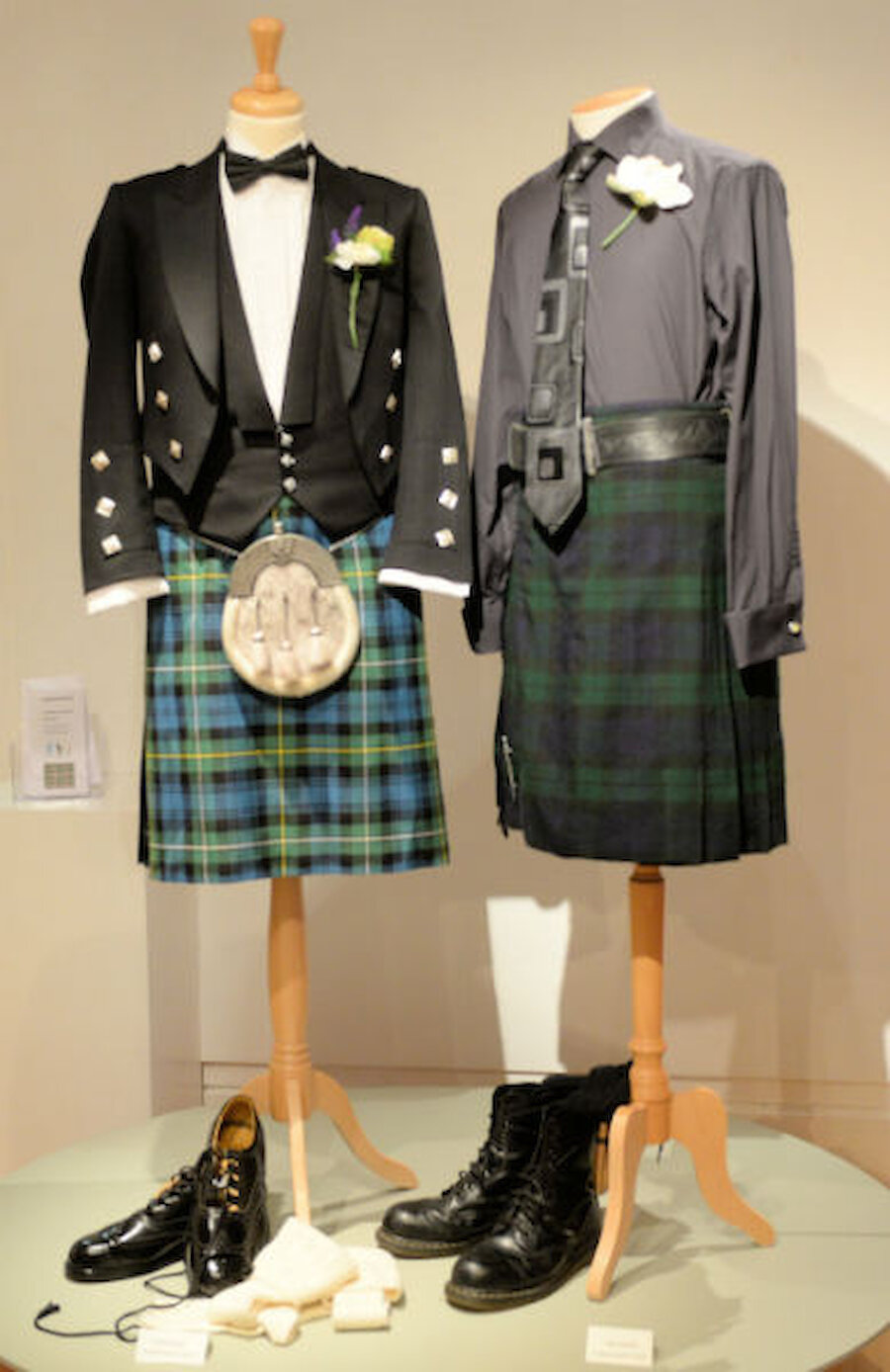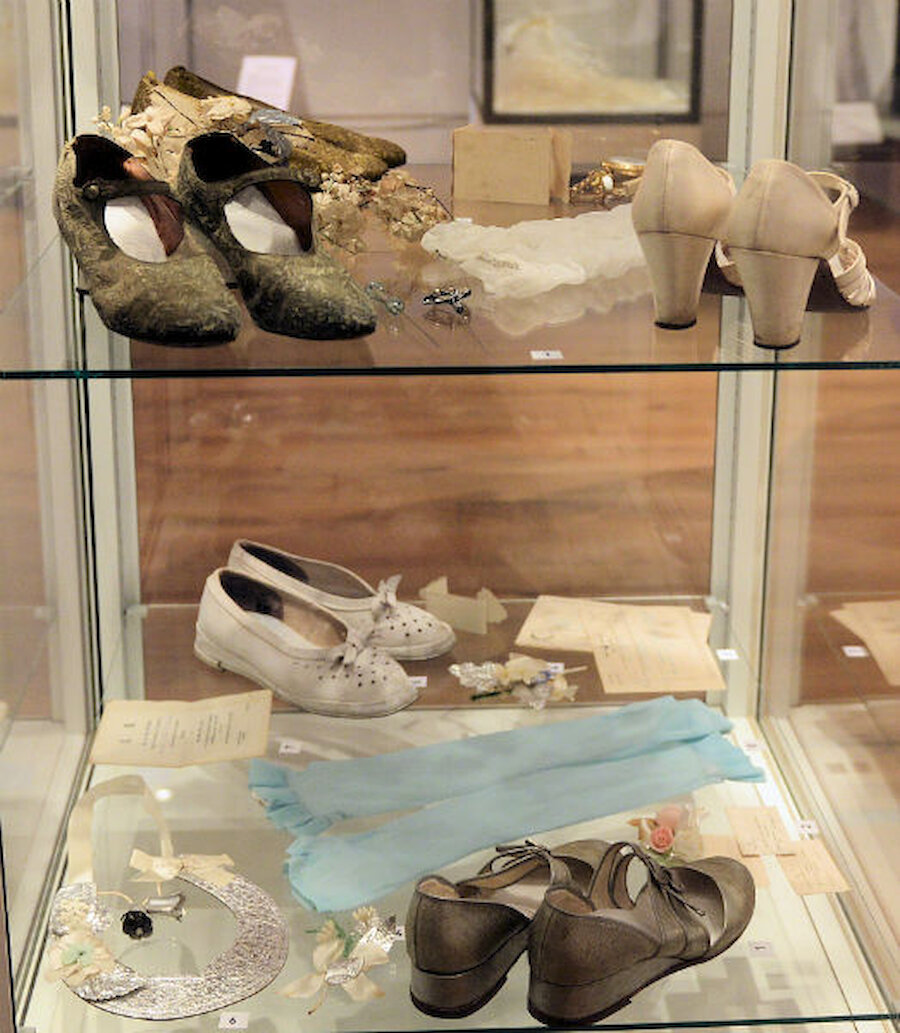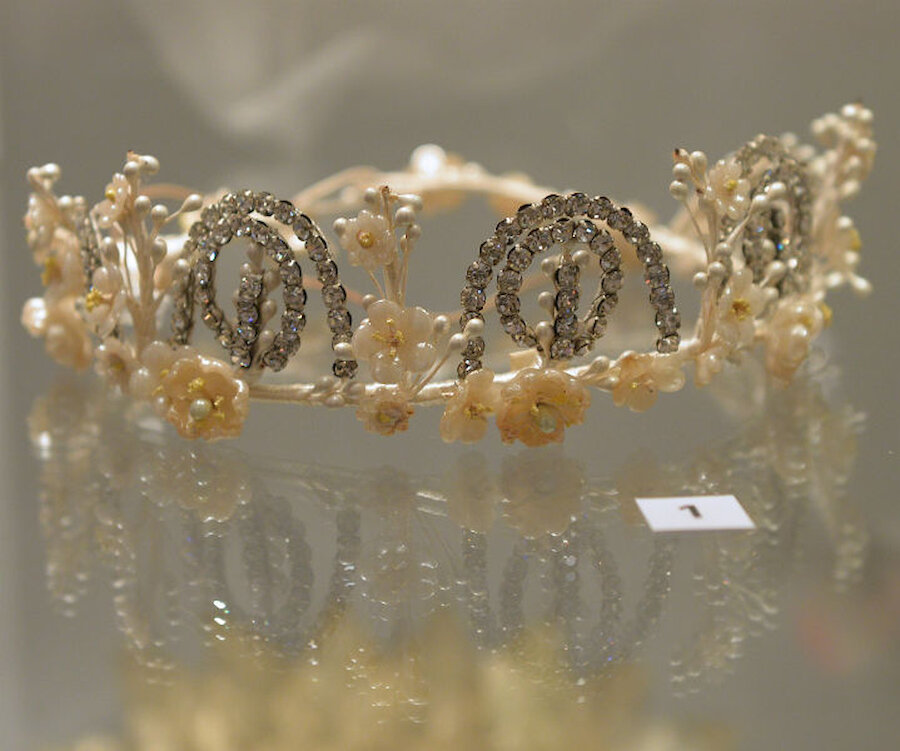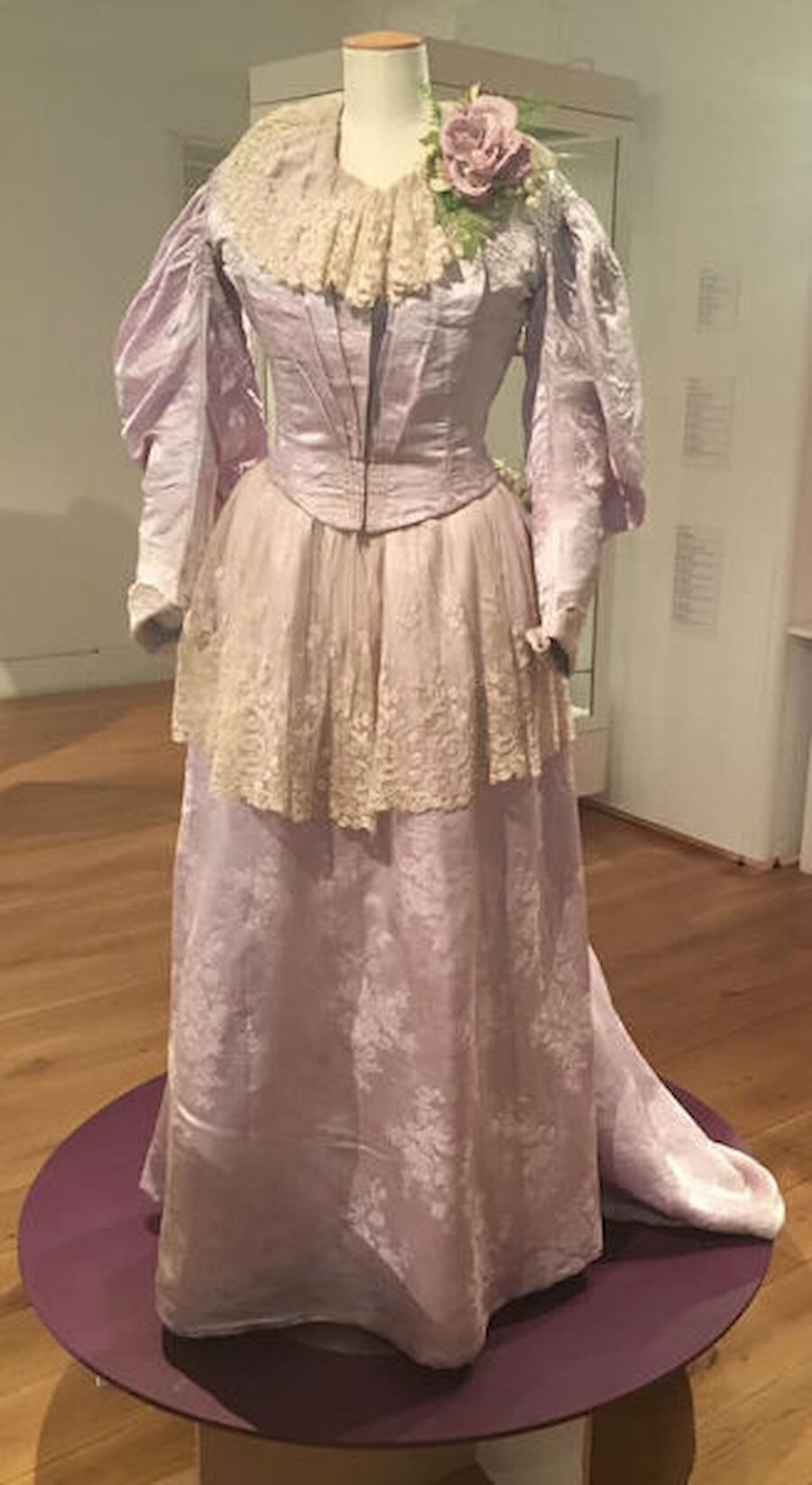A new exhibition at the Shetland Museum and Archives explores the history of Shetland weddings through a stunning display of wedding attire, illuminated by many insights into the lives of those who wore it.
The 134 exhibits are drawn from the Museum’s extensive collection of clothing and most of them have never previously been displayed. Remarkably, the items span 250 years, from 1769 to the present day.
The exhibition chronicles the evolution of wedding fashions worn by Shetland brides, grooms and attendants. It includes silk dresses, highly decorative waistcoats and many photographs. Also on show are Paisley-style shawls, which in winter would keep a bride in a huge dress warm better than a coat; it could be a long walk to and from the kirk. Although they were originally made in Paisley, an important weaving centre, during the 19th century, they were copied elsewhere. The curving designs had their roots in Kashmiri motifs signifying fertility.

